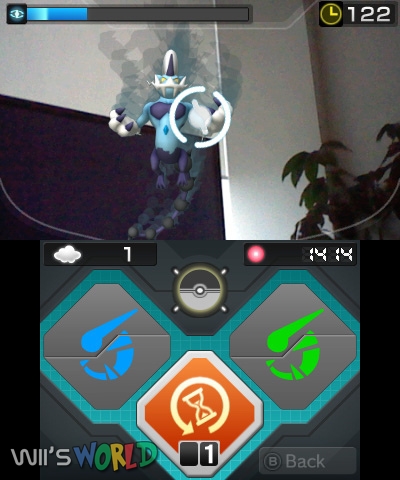When I went down to Los Angeles a month ago, I witnessed for my first time a man wearing Google Glass. It was one of the most “what the h*ll” moments. Not only did it confuse me why someone would wear such a thing on their face, but the fact that he was driving. I though to myself, I would probably see him in a ditch down the highway.
That brings to point, what are the real drawbacks that come with augmented reality, such as Google Glass? Well for starters the first drawback by wearing Google Glass is that you will look like you escaped from the cyborg convention. Secondly, the distraction from ‘actual reality’ by wearing (AR) maybe fatal or problematic. With Google Glasses ability to project information right to lens, as well as the ability to place calls, is a real call for concern especially when behind the wheel. There have already been reported incidents where people using Google Glass while driving have been pulled over by police for using a “visual monitor.” The State of West Virginia has already considered a banning on Google Glass while operating a vehicle.
There has also been concern over its picture and video function. While it may be cool to record your mountain bike ride with the heads up display of your speed, the use of the video and camera function can pose a concern of personal privacy. By not knowing what a person is capturing can really make some people uneasy. Places such as banks, movie theatres, bars, strip clubs and casinos have all banned the use of Google Glass. Perhaps the phrase ‘whatever you say may be used against in you in the court of law’ should be changed with ‘whatever you see may be used against you.’
Don’t Be A Glasshole video.



